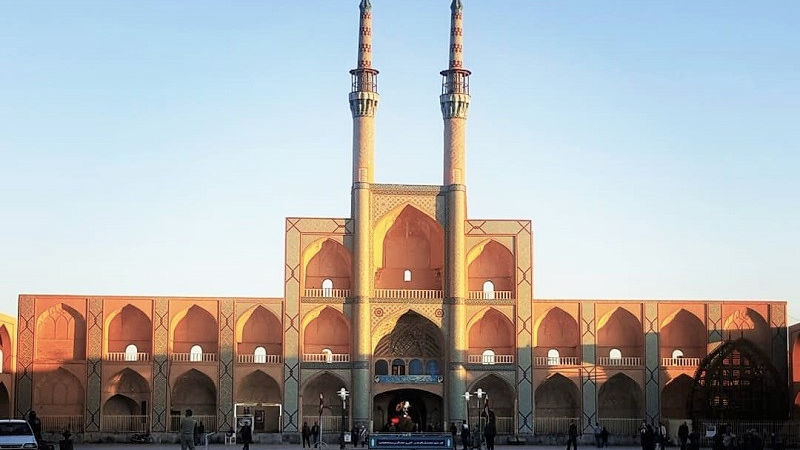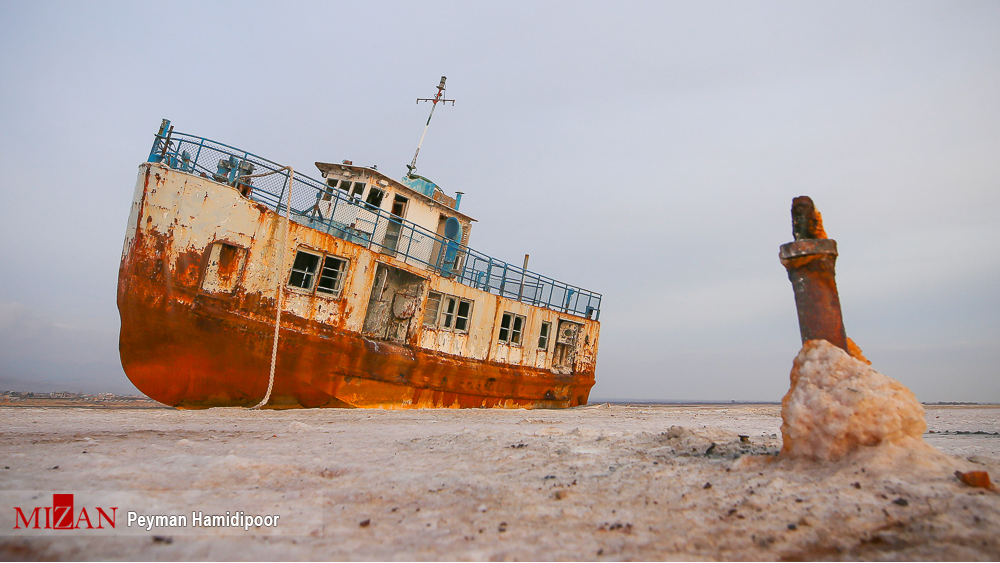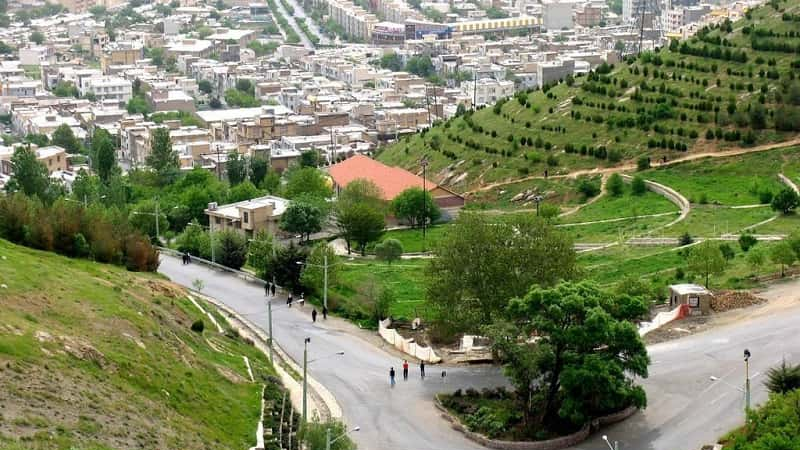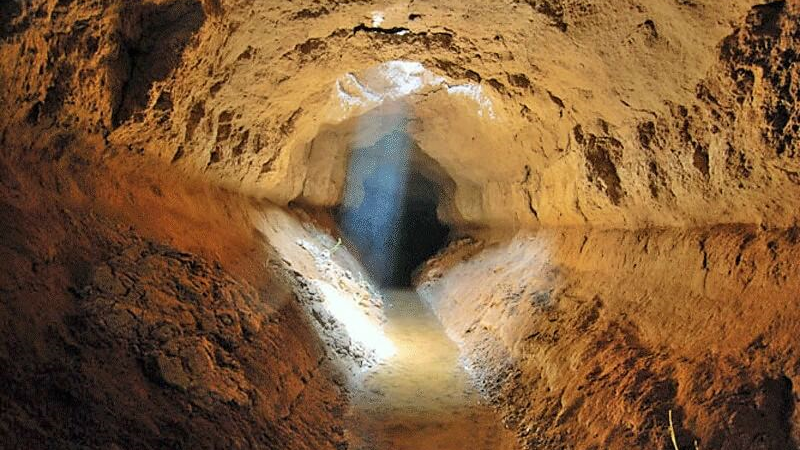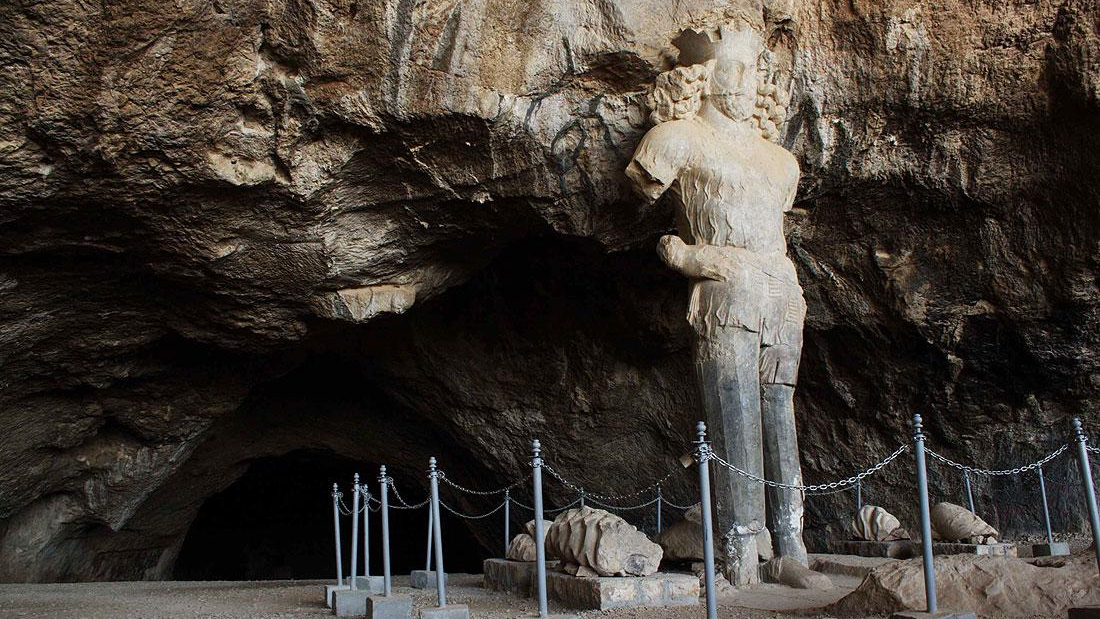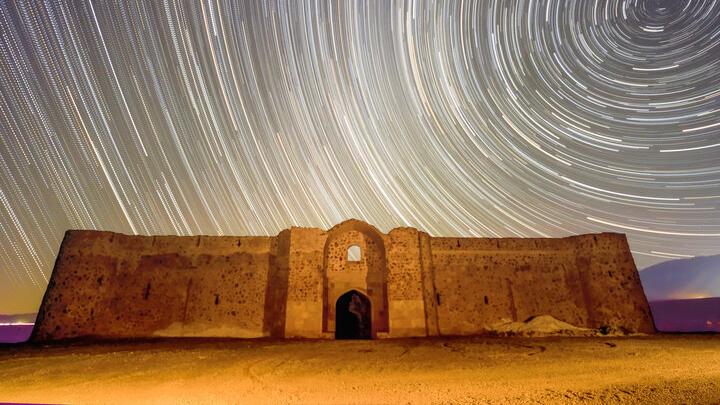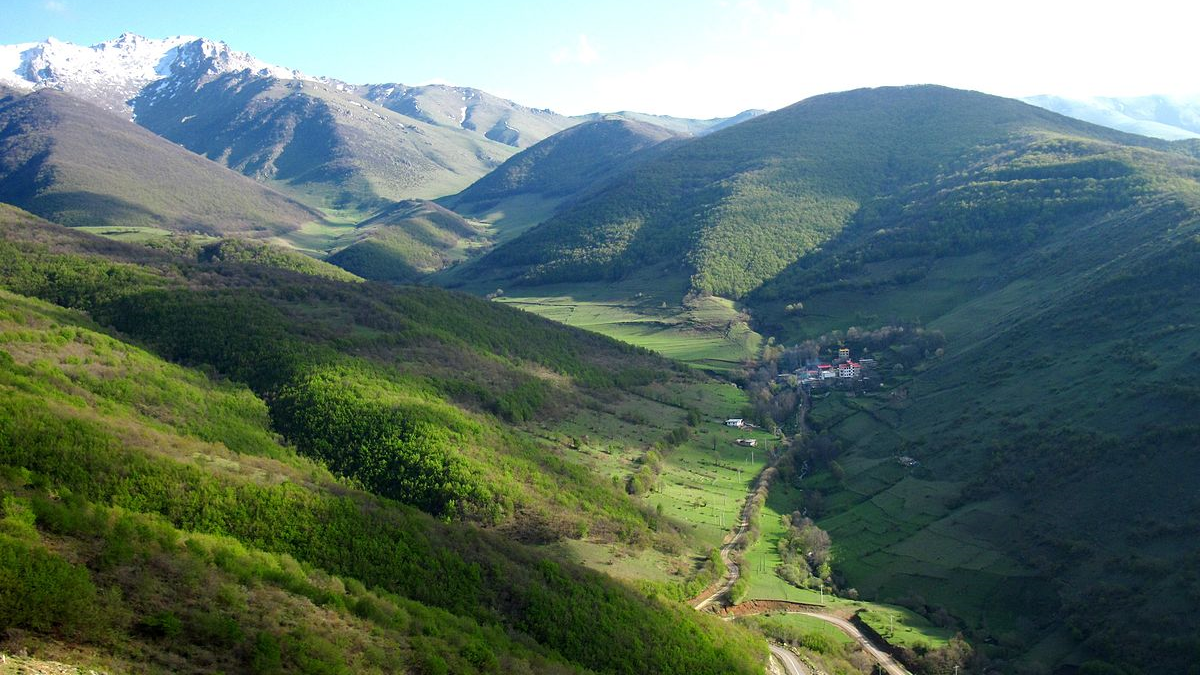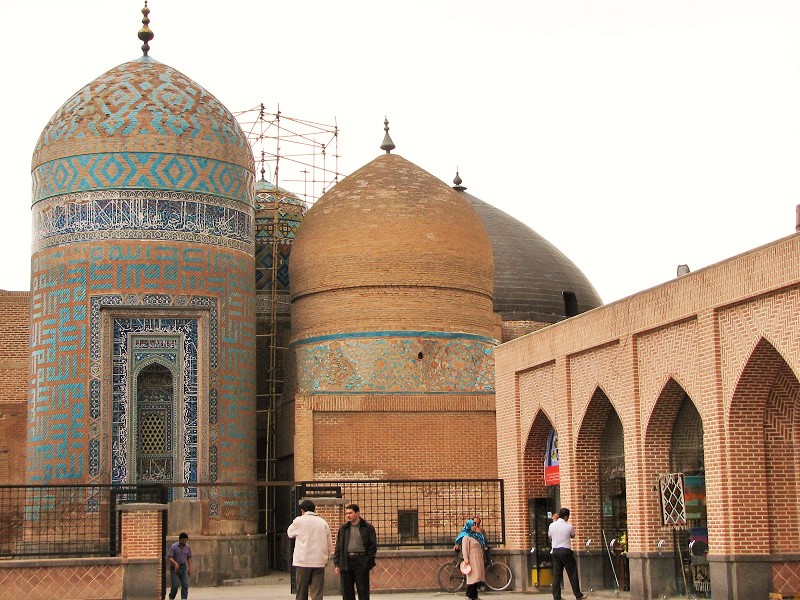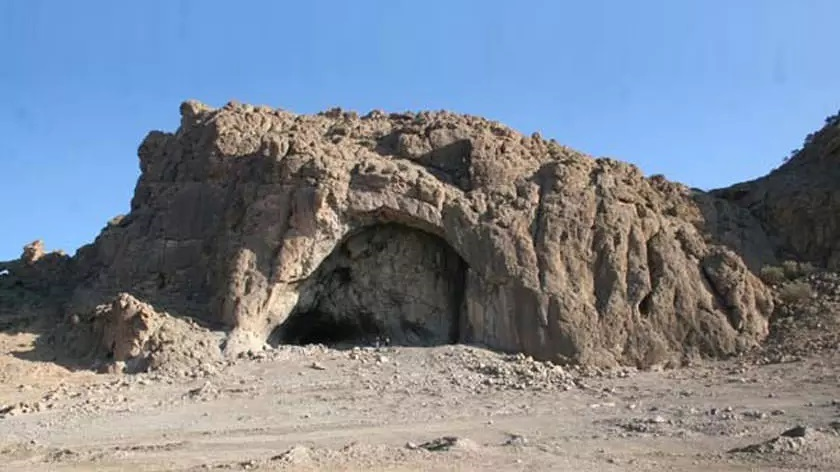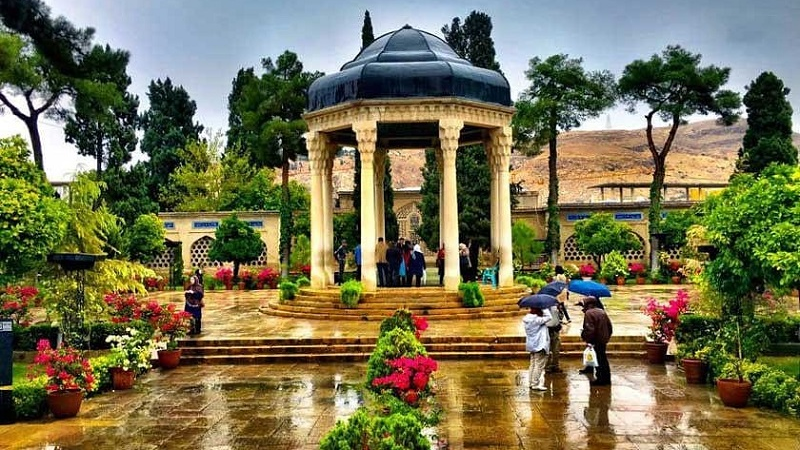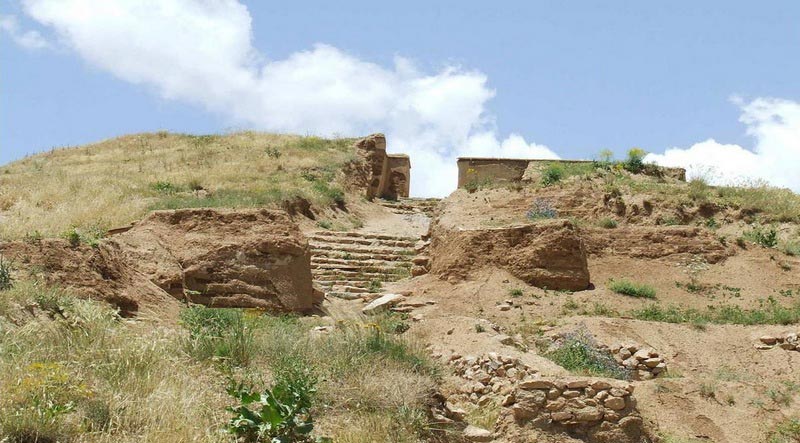
The Arjan and Parishan Biosphere Reserve is the oldest biosphere reserve in Iran.
The Arjan and Parishan Biosphere Reserve is the oldest biosphere reserve in Iran.
Biosphere reserves are protected areas recognized as vital sites for research in the fields of natural sciences and zoology. The designation of such regions aims to prevent human exploitation and protect their natural ecosystems. As of 2024, 13 biosphere reserves in Iran have been recognized by UNESCO. The Arjan and Parishan Biosphere Reserve was the first Iranian site to be inscribed under this category by the organization.
Arjan and Parishan Biosphere Reserve — History and Geography
This biosphere reserve lies in the southern Zagros Mountains, in the western part of Fars Province. It is located about 60 kilometers from Shiraz and 12 kilometers from Kazerun. The village of Dasht-e Arjan sits to the north of the reserve, nestled in the highlands of the Zagros range at elevations ranging from 2,060 to 2,240 meters above sea level. The village has a population of around 4,000 people. During the first half of the year, several nomadic groups settled near the village and around Arjan Wetland, taking advantage of its favorable seasonal conditions. In addition to Dasht-e Arjan, there are 28 other villages within the region, 17 of which are concentrated around the Parishan Wetland. The Miyankatel highlands form the central part of the reserve. Arjan Wetland lies in the northeastern section, while Parishan Wetland is located in the southwest. Parishan is a freshwater lake surrounded by mountains, though in recent years it has suffered from severe and continuous drought. Arjan Wetland, with an area of about 2,000 hectares, is situated 20 kilometers north of Parishan. The elevation difference of nearly 2,000 meters between the two wetlands is particularly striking. Arjan is a seasonal wetland, and like Parishan, it has experienced increased drying in recent years.
This biosphere reserve lies in the southern Zagros Mountains, in the western part of Fars Province. It is located about 60 kilometers from Shiraz and 12 kilometers from Kazerun. The village of Dasht-e Arjan sits to the north of the reserve, nestled in the highlands of the Zagros range at elevations ranging from 2,060 to 2,240 meters above sea level. The village has a population of around 4,000 people. During the first half of the year, several nomadic groups settled near the village and around Arjan Wetland, taking advantage of its favorable seasonal conditions. In addition to Dasht-e Arjan, there are 28 other villages within the region, 17 of which are concentrated around the Parishan Wetland. The Miyankatel highlands form the central part of the reserve. Arjan Wetland lies in the northeastern section, while Parishan Wetland is located in the southwest. Parishan is a freshwater lake surrounded by mountains, though in recent years it has suffered from severe and continuous drought. Arjan Wetland, with an area of about 2,000 hectares, is situated 20 kilometers north of Parishan. The elevation difference of nearly 2,000 meters between the two wetlands is particularly striking. Arjan is a seasonal wetland, and like Parishan, it has experienced increased drying in recent years.
The elevation of the Arjan and Parishan Biosphere Reserve ranges from 800 to 2,900 meters above sea level, with Mount Chah Barfi being the highest point in the area. This wide elevation range contributes to the remarkable biodiversity of the region. At the highest altitudes, juniper trees grow sparsely across the slopes. In the mid-elevation zones, oak is the dominant vegetation type. In the lower areas, particularly around Parishan Wetland, Ziziphus (sidr) trees can still be found—though their population has significantly declined compared to the past. Research indicates that the reserve is home to 398 animal species, including 60 mammals, 43 fish, 41 reptiles, and 4 amphibians. The total number of resident and migratory bird species in the area is estimated to be around 200.
These bird species make a brief halt in the wetlands of Arjan and Distressed. Stone marshes, wolves, jackals, wild boar, forest cats, brown bears, gurkers, and shiites are the most important reserve mammals. This reserve was formerly the habitat of the Iranian lion, but today it is extinct. Nonetheless, some species, including the Iranian yellow deer, have received good efforts to be saved. This species is very beautiful with its yellowish color and white spots on the back and sides. After the age of one, male deer heads grow long, wide horns.
The length of this animal ranges from 150 to 200 centimeters, and its height reaches 85 to 110 centimeters. The weight of this mammal in adulthood is between 160 and 200 kilograms. In 1981 (1360 in the Iranian calendar), 105,000 hectares of the region, which were densely covered with oak trees, were selected, and all human activities were prohibited within it. In 1993 (1372 in the Iranian calendar), the restoration project of this species began with the transfer of 17 Iranian yellow deer to this area. After 17 years, the objectives of the restoration project were achieved, and the number of deer reached 75. In subsequent years, with the expansion of the project area, the number of deer reached 350 (by 2024), and the species was saved from extinction.
The issue that has posed a challenge for the Arjan and Parishan Biosphere Reserve in recent years is the conversion of lands into agricultural fields and the excessive use of groundwater for irrigating these fields. Overgrazing by livestock and illegal hunting are other threats to this region.
Registration of Arjan and Parishan Biosphere Reserve
The Arjan and Parishan Biosphere Reserve was introduced as an international park in 1972 (1351 in the Iranian calendar) with an area of 191,000 hectares. Two years later, 65,000 hectares of this area were designated as a protected area. Finally, in 1997 (1376 in the Iranian calendar), the United Nations recognized this region as a biosphere reserve and listed it in the UNESCO World Network of Biosphere Reserves. Additionally, the Arjan and Parishan wetlands were registered in the Ramsar Convention’s list of international wetlands in 1977 (1355 in the Iranian calendar).
| Name | The Arjan and Parishan Biosphere Reserve is the oldest biosphere reserve in Iran. |
| Country | Iran |
| State | Fars |
| City | Caseron |
| Type | Natural |
| Registration | Unesco,National |
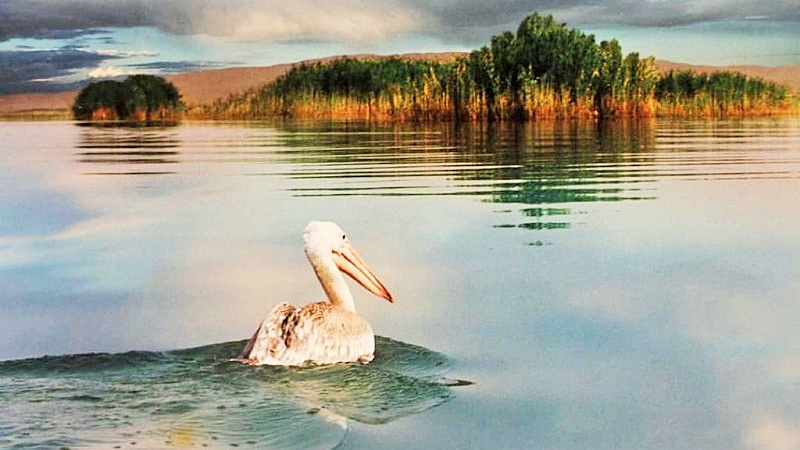
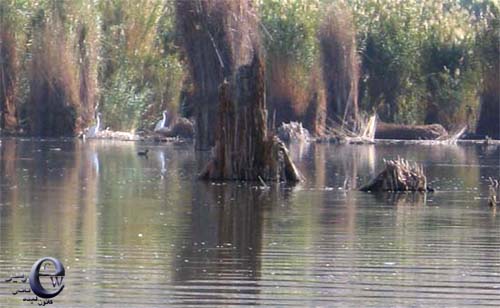
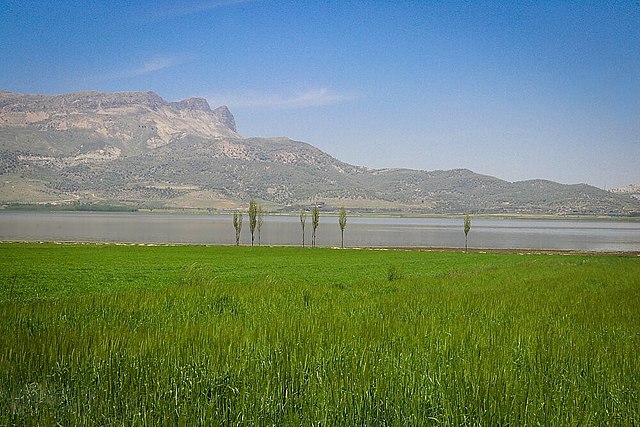



Choose blindless
Red blindless Green blindless Blue blindless Red hard to see Green hard to see Blue hard to see Monochrome Special MonochromeFont size change:
Change word spacing:
Change line height:
Change mouse type:
 در تخت جمشید_crop_2.jpg)
